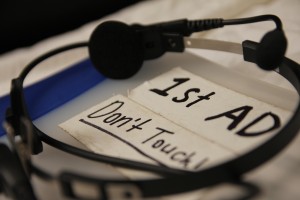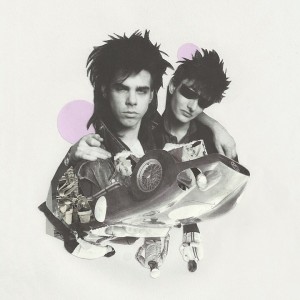(Rated R for goRe)
In today’s class Paul reminded us to collect inspiration from astounding directorial work. Horror films (especially those of the 1970’s) are a particular interest of mine, and I think Dario Argento and his team did a fantastic job on Suspiria. Of course, looking back, its easy to dismiss the special effects and acting as hokey and typical of the genre, but I think it’s very craftily made.
In this death scene, the shots begin longer and take their time moving in a slow pan or slow zoom. As the drama culminates, they proceed to quicken the speed of the edit and there’s less tracking motion. For me, the set design is so masterful, so much so that I get slightly distracted from the plot. Also the contrasting colours used by the lighting department, the vivid blue and red, are incredibly surreal and dramatic.
The soundtrack, (by Goblin, an Italian prog act), is so incredibly creepy and experimental and perfectly heightens the tension with all those discordant notes and that wall of noise. On a whole this movie is all about the aesthetics and not really about the content (the acting isn’t great).
The revelation that the second girl (the one that was not shown being murdered in such detail) also died a gruesome death is done expertly. Completely takes the viewer by surprise.





